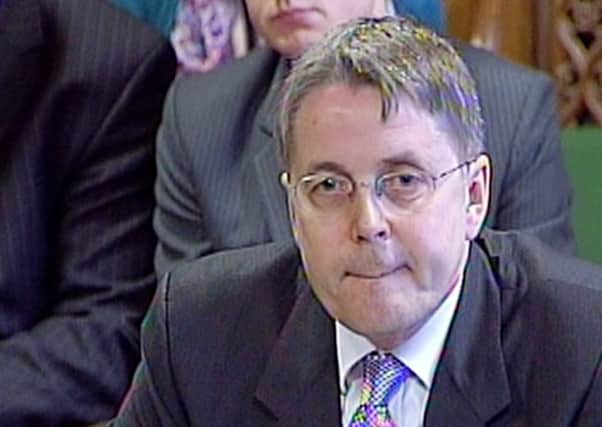Major's government hid scale of bid to prop up pound on Black Wednesday


Following the dramatic events of 16 September 1992, Chancellor Norman Lamont was under pressure to spell out how much of Britain’s foreign currency reserves had been used in the failed bid to prevent sterling crashing out of the European Exchange Rate Mechanism (ERM).
Publicly, Mr (now Lord) Lamont insisted no government would reveal such information, but papers released by the National Archives show that he was “increasingly anxious” about the way the true state of the reserves was being concealed.The failure to prevent the pound falling out of the ERM – pegged to the deutschmark – was a humiliation for Mr Major, who, as chancellor, had taken Britain into the ERM just two years earlier.
Advertisement
Hide AdAdvertisement
Hide AdIn the course of August and September 1992, the Bank of England sold almost $40 billion in foreign currency as the pound came under sustained attack from foreign speculators. The final cost of the operation was estimated at £3.3bn.
The details are spelled out in a letter to No 10 from Mr Lamont’s private secretary Jeremy Heywood (now the Cabinet Secretary), dated November 26 1992 setting out the chancellor’s strategy for rebuilding the reserves.
He said the government had been able to disguise the amount of additional borrowing required, in part through the creation of what was described as a “secret negative forward book”, to re-acquire foreign exchange through “forward swaps” worth around $12.5bn.
However, once the crisis was over, the opaque manner in which the operation was conducted meant the only way of running down the forward book was a “non-publicised” programme of using sterling to buy back foreign currency – known as “creaming off”.